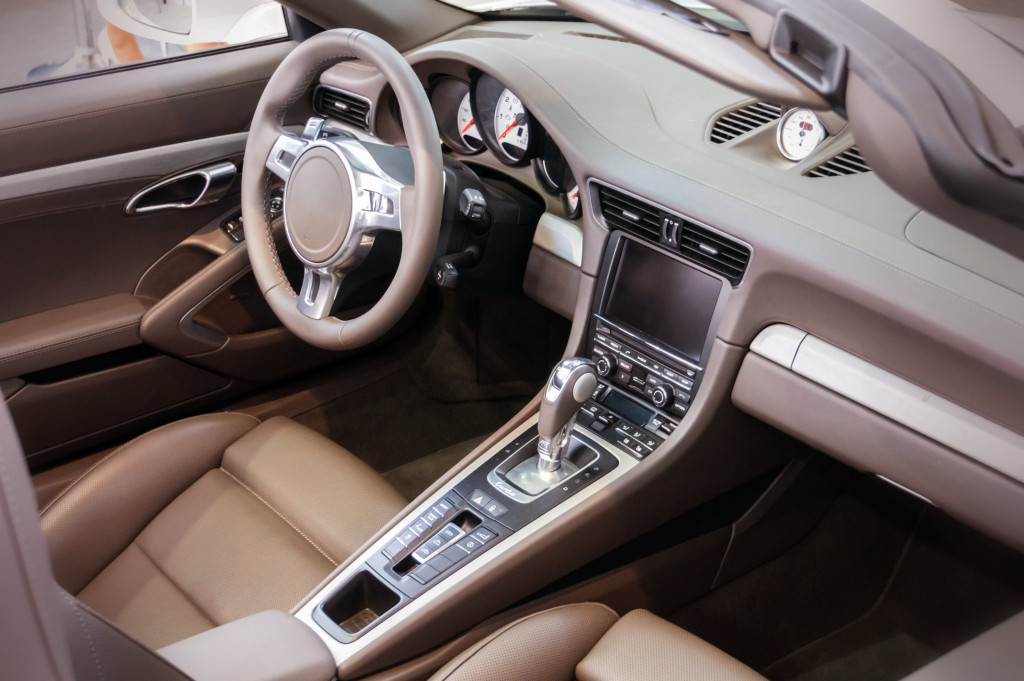- Before buying a car, research its safety ratings and features.
- Upgrade with features like Active Stability Control and Tire Pressure Monitoring Systems.
- Install a backup camera or parking sensors for added security.
- Consider investing in a Night Vision System for better visibility at night.
- Familiarize yourself with your vehicle’s safety features and practice safe driving habits.
Safety should be top-of-mind whether you’re in the market for a new car or just looking to upgrade your current ride. Before buying a car, check out the safety ratings and features available. After purchase, there are further upgrades you can make to improve the safety of your vehicle. Here’s everything you need to know about how to keep yourself safe on the road.
Before Buying
When choosing a car that will keep you safe, look for an established brand with good safety ratings. Check out reviews on websites like Consumer Reports and Car and Driver that provide detailed information about crash tests and other safety features. You should also consider the type of vehicle you’re looking at—SUVs tend to have better crash test ratings than sedans or coupes because they sit higher off the ground and are, therefore, less likely to flip over in an accident.
It’s also important to consider your vehicle’s technology before making a purchase. Look for cars with automatic emergency braking (AEB) systems, lane departure warning systems (LDW), blind spot monitoring systems (BSM), and adaptive cruise control (ACC). All these features help alert drivers when something is amiss on the road and can stop or slow down vehicles if needed to avoid an accident.

Safety Features to Look For
Safety should be your top priority if you’re in the market for a new car. Several features can help ensure your security on the road. Fortunately, many brands and manufacturers already include these features in their vehicles, but if you’re purchasing a used or older car, you may need to upgrade them after purchase.
Active Stability Control
Active Stability Control (ASC) is a feature found in many modern cars and trucks. It helps drivers maintain control of their vehicles by detecting when they are beginning to skid or drift and automatically applying the brakes to one or more of the wheels to help regain traction. This can prevent rollovers, which are among the leading causes of car accidents.
Tire Pressure Monitoring System
A Tire Pressure Monitoring System (TPMS) alerts drivers when their tires are underinflated, which can cause them to wear out too quickly and become dangerous. The TPMS also warns drivers if a tire is overinflated, which can reduce the car’s handling ability. TPMS is becoming more common in newer models, so if you’re looking at a used car, check that it has this feature.
Anti-Lock Braking Systems
Anti-lock braking systems, or ABS, are an essential safety feature that can help prevent accidents by allowing drivers to keep control of their vehicles even in slippery and unpredictable driving conditions. ABS automatically detects when a car’s wheels are about to lock up due to excessive brake pressure, which can cause skidding and reduce traction on the road. When the system detects this, it releases and reapplies brake pressure in a controlled manner to prevent the wheels from locking up.

Car Upgrades
Cars come with many safety features, but several upgrades can be made to improve your vehicle’s safety further. From blind spot detection to backup cameras, these car upgrades can help prevent accidents and keep you safe on the road. Automotive glass services are also an option if you need to replace or repair any of the windows in your vehicle.
Blind Spot Detection
Blind Spot Detection systems are becoming increasingly common in cars, and for a good reason. The system uses sensors to detect objects that a driver may not be able to see due to their blind spot. The system will alert the driver when an object is detected via audio or visual cues. This can help reduce the chances of a collision and make driving safer for everyone on the road.
Night Vision System
Night vision systems are a handy tool for safe driving at night. Night vision systems use infrared cameras and thermal imaging technology to detect objects and people up to a few hundred meters away from the car. The system then displays the image on a monitor inside the vehicle, allowing drivers to see things they may not have noticed in the dark. This can help to reduce the risk of accidents due to lack of visibility at night.
Backup Camera
Backup cameras are quickly becoming a standard feature in cars. Backup cameras help drivers maneuver their vehicles safely when backing up or parking. The camera shows an image of the area behind the car on a monitor inside the vehicle, allowing drivers to gauge distance better and avoid collisions with objects or people. These are great safety features and can be installed in cars that don’t already have them. They may cost a bit extra, but their added security is well worth it.
Post-purchase upgrades can also help make your vehicle safer, such as installing rearview cameras, parking sensors, Bluetooth hands-free calling devices, night vision systems, and more. Additionally, replacing old tires with those specifically designed for winter driving can provide better traction during icy weather conditions, which helps reduce your risk of being in an accident due to poor road conditions. Some states now mandate tire pressure monitoring systems (TPMS), so if you live in one of those areas, it would be wise to invest in a TPMS system.
Safety should always be top-of-mind when buying or upgrading a car—you never want to skimp when keeping yourself safe on the road! Do your research before buying by checking out reviews from reliable sources such as Consumer Reports or Car and Driver so that you know exactly what kind of technology is included with each vehicle model. Then consider adding additional upgrades like rearview cameras or parking sensors that could help improve your safety even further once you purchase your car. With these tips in mind, you can drive confidently, knowing that you’ve done everything possible to ensure your safety while behind the wheel!

